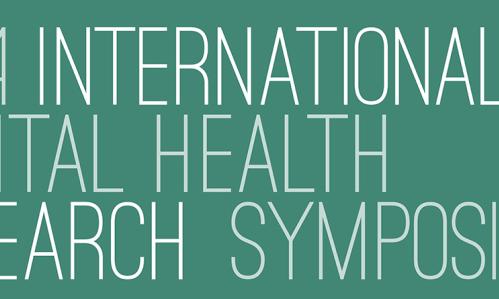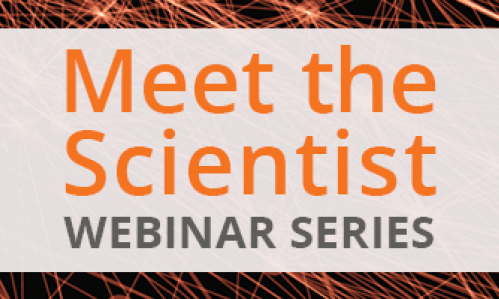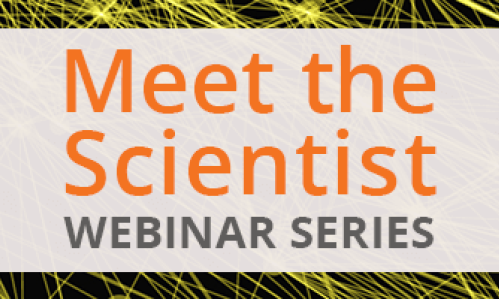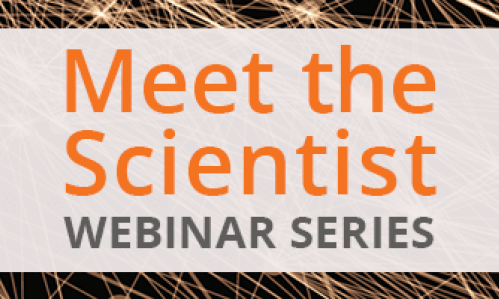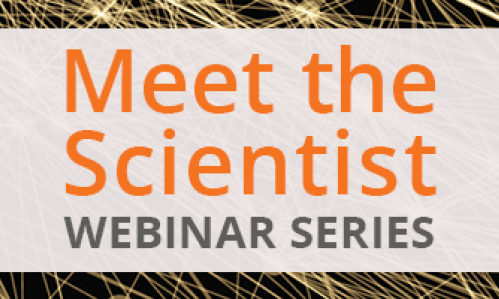Frequently Asked Questions about Autism
Frequently Asked Questions about Autism
Below, find common questions about autism.
For the latest autism research, click here. Some autism research articles you might find useful:
- A New Way to Diagnose and Treat Autism
- Study Scrutinizes How Autism Impacts Cognition in Adults
- Scientists Discover That Areas Regulating Genes Contribute to Autism’s Cause
Also, be sure to check out upcoming and past webinars about Autism, like this one:
Autism spectrum disorders (ASDs) represent a range of brain disorders that are characterized by restricted patterns of behavior and impairments in social communication and interactions. These disorders share common origins and features, but are classified as spectrum disorders because symptoms and severity vary among individuals.
Symptoms/behaviors of ASDs can range from mild to severe, and may seem to appear gradually or suddenly. Atypical development may be observed from birth, or more commonly, become noticeable during the 12- to 36-month period. Symptoms include:
- Social Deficits - Children with autism have difficulty in social interactions. They may avoid eye contact and interactions with people and resist or passively accept attention. They are often unable to read social cues or exhibit emotional reciprocity. Thus, they are unable to predict or understand other peoples’ behavior. They may also have difficulty controlling emotion, may be disruptive or aggressive at times, or may lose control, especially when frustrated or presented with a new situation or environment. Head-banging, hair-pulling and arm-biting may occur.
- Communication Difficulties - Communication skills are affected in children with autism, but difficulties vary. Some children may have good basic language skills, but exhibit difficulty initiating or sustaining conversations, such as not giving others the opportunity to respond. Others may experience delays or regression in language development; still others remain mute or may use language in unusual ways, such as repeating a phrase, or parroting what they hear (echolalia). Body language is also often hard to read in children with autism. Facial expressions, tone of voice and gestures often do not match verbal content and emotions. They have difficulty expressing what they want or need. They may also appear deaf, not responding to their names or attempts at conversation.
- Repetitive Behaviors - Patterns of behavior, interests and activities may be restricted, repetitive or stereotyped. For example, a child may spend long periods of time arranging specific toys in a particular manner, rather than playing with the toys. Intense preoccupation with certain topics, such as obsessively studying maps, may also be seen. Odd repetitive motions, either extreme or subtle, such as arm-flapping, freezing, rocking back and forth or walking on their toes may also occur. Often, people with autism demand consistency in their environment. A minor change in routine may be tremendously upsetting.
- Sensory Difficulties - In children with autism, the brain seems unable to balance the senses appropriately. Many autistic children are highly attuned or even painfully sensitive to certain sounds, textures, tastes or smells. Some seem oblivious to cold or pain, but react hysterically to things that wouldn't bother other children. In some people, the senses are even scrambled. For example, touching a certain texture may induce a gagging response.
- Unusual Abilities - In rare cases, some children with ASDs display remarkable abilities, such as drawing detailed, realistic pictures at a young age or playing an instrument without training. Some can memorize difficult lists of items, such as statistics or names (this is called islets of intelligence or savant skills).
Autistic disorder, commonly referred to as autism, is the most prevalent ASD and severely impairs a child’s social interaction and communication abilities.
Asperger's Syndrome is the second most common ASD and is a milder form of autism. Children with Asperger’s Syndrome exhibit higher language development than children with autism and often have normal intellectual ability combined with a disinterest in social communication. Children with Asperger’s may not initiate or sustain a conversation and do not compensate for their limited language by using nonverbal means of communication, thus limiting their peer relationships. Similar to autism, children with Asperger’s do not share enjoyment or interests with others.
Other disorders in the spectrum include pervasive developmental disorder not otherwise specified (PDDNOS) and two rarer disorders—childhood disintegrative disorder (CDD) and Rett’s syndrome. Children with PDDNOS demonstrate symptoms similar to autistic disorder, but do not meet all criteria for the disorder. Children with CDD, which affects more boys than girls, develop normally until approximately the first two years of life (average onset of symptoms is between 3 and 4 years) but they then regress in most areas and continue worsening. Specifically, they experience a pronounced loss in motor, language, social and intellectual skills. They also lose bowel and bladder control. Seizures may even occur.
Rett syndrome is a genetic disorder almost exclusively found in females. After early normal development, autistic symptoms begin to develop between 6 and 18 months, which typically include shunning social contact, talking cessation, unique motor behaviors, and a regression in skills. A single gene mutation has been identified as a cause of Rett syndrome, a finding that may enable researchers to develop improved diagnostics, earlier interventions and better treatments for the condition.
ASDs are usually evident by the age of 3, though diagnosis may be made as early as 12 to 18 months, and as late as 4 to 6 years (or later). According to the Center for Disease Control (CDC), about 1 in 59 children have an autism spectrum disorder. ASDs are three to four times more common in boys than in girls. However, girls with these disorders tend to have more severe symptoms and lower intelligence. Some children will need ongoing supervision, while others, with the right support, may pursue higher education and fulfilling jobs. These disorders affect people of all racial, ethnic and socioeconomic groups.
To date, no biological diagnostic tests exist that detect autism. But scientists are hopeful that advanced imaging techniques and differences in blood levels of proteins in autistic versus normal children may have implications for diagnosis. Already, improved diagnostic procedures have allowed clinicians to diagnose children at a younger age.
Formal diagnosis involves parental input and structured and systematic screening instruments, such as the Modified Checklist for Autism in Toddlers (M-CHAT) and the Autism Behavioral Checklist (ABC) for older children. The Childhood Autism Rating Scale (CARS) and the Autism Diagnostic Inventory-Revised (ADI-R) are used, as well. These tools measure the prevalence of symptoms. Symptoms may be present from birth, or may occur after months of normal development. However, no two children with these disorders behave the same way. Children as young as 18 months may be diagnosed, but have different clinical features than an older child with autism.
Between 18 months and 36 months, symptoms may include:
- Limited pretend play
- Lack of pointing to demonstrate interest
- Reduced gaze following
- Less frequent demonstration of repetitive, stereotypic behaviors
- In children with autism between 2 years and 3 years of age, the following features may be observed:
- Communication difficulties
- Socialization deficits with caregivers
- Perceptual sensitivity
- Other difficult behaviors
Some combination of genetic, biological and environmental factors is believed to cause ASDs. Researchers are exploring several genes which are believed to contribute to the development of these disorders as well as several brain regions that have been linked to the disorders. Abnormal brain development during the first months of life is being studied to determine if structural abnormalities, such as in the mirror neuron systems, may be caused by genetic and/or environmental factors. Researchers are also exploring the effects of genetic imprinting in which a gene’s expression is determined by which parent donates the gene copy. Certain neurotransmitters, such as serotonin, dopamine, and epinephrine, may also function abnormally. In some cases, scientists are exploring the possibility that a faulty immune response to a virus, elevated concentrations of proteins in the blood at birth, dysregulation of specific neuropeptides or a major stress during pregnancy may lead to the disorder.
There is no one treatment for ASDs; however, it is widely accepted that the earliest interventions allow the best outcomes. Treatments generally address both cognitive and behavioral functioning. They may include a combination of medications (for challenging behaviors), behavioral therapy, psycho-education, family support groups, educational interventions, speech and language therapy, occupational therapy and specialized training to develop and improve acquisition of necessary skills.
Research has found that a newer class of atypical antipsychotic medications may better treat the serious behavioral disturbances in children with autism who are between 5 and 17 years old. Applied behavioral analysis may be an effective adjunctive treatment in reinforcing desirable and reducing undesirable behaviors. Other work focuses on improving social communication in children with autism. Some have found that structured multidisciplinary behavioral programs are more successful. Parental involvement, a predictable schedule, regular behavior reinforcement and active engagement of attention in highly structured activities to enhance a strength or ability may all contribute to creating an effective treatment program.
Donate Now
Donations are welcome





